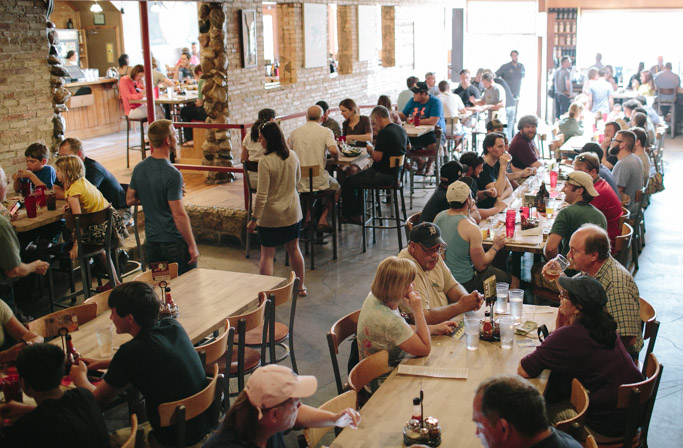
The craft beer industry is alive and well and booming. And in case you were wondering, no there isn’t a craft beer “bubble” about to pop. At least that was the consensus at the recent Craft Beer Update, hosted by Association for Corporate Growth in Detroit at Michigan-based craft beer bar HopCat.
But gone are the days when a startup could quickly turn into the next Bell’s Brewery or Founders Brewing Co., and if the industry is going to continue to grow, the event’s panel of experts had some insights that could keep it strong.
Continued focus on quality
There’s no doubt that the craft beer industry has changed the American beer drinker’s palate. No longer contented to drink mass-produced beers, the U.S. consumer seeks out unique and flavorful brews crafted at their local breweries and served at the neighborhood brew pub. Continuing to produce high-quality craft beverages will bolster the industry’s future growth.
“American craft breweries are considered the most expert and best in the world,” said panelist Rob Powers, president of Powers Distributing, located in Orion, Michigan, a suburb north of Detroit. “We are beating the Germans and the Belgians in beer styles they invented.” A brewery that does not take the quality of its product seriously will soon find itself left behind.
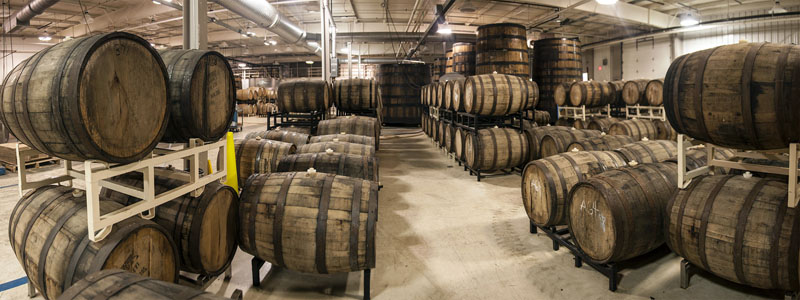
A brewery in every town
Nationwide, between 2012 and 2015, regional craft breweries grew nationwide by 31.9 percent, and microbreweries grew by 21.6 percent. When one considers that those are startups, and that 56 percent of small business startups fail in the first four years, the growth in the craft beverage industry makes it a standout.
The growth in the number of small, local microbreweries and brew pubs is a return to the industry’s roots. Before 1920 and prior to prohibition, there were approximately 4,000 breweries in the U.S. When the microbrewery trend started to take off in the early 1990s, there were just 400 of them. By 1997, there were 700, and in 2015 their number had grown to 1,500. Today, there are 4,500, and it’s anticipated that by 2020, 20 percent of all beer sales will be by craft breweries.
“It’s all about local,” said panelist Andy Roy, vice president and group manager of the Comerica Middle-Market Beverage Finance Group Michigan, known for its craft breweries, is 6th in the country in terms of the number of craft breweries, which have a $1.8 billion economic impact on the state. Yet, there are still some underserved communities that can support a local brew pub, and opportunities are still solid for more to open in a not-yet-crowded market. The American consumer no longer spends their time at the local pub but seeks out a craft brewery to call their “Local.”
Fix the patchwork of laws
Mark Sellers, founder and owner of BarFly Ventures, parent company of HopCat,., obviously had a good understanding of business having spent his career in the financial industry, before opening his first craft beer business. But the technical laws governing breweries and microbrews were extremely frustrating, even to a savvy newcomer. He described them as a “bureaucratic nightmare. … There are weird little laws in every state.”
More consistent laws governing small local breweries and brew pubs would go a long way in bolstering the craft beverage industry.
Similarly, updating the three-tier system, which imposes different rules on breweries, distributors/wholesale businesses and retailers, would help small brewers keep more control over their own destinies.
The truth is many breweries would love to be able to distribute their own brands even if it was just to a small area around the brewery. Legislators have not been inclined to change the system that has helped prevent the creation of monopolies. But it’s a system that favors distributors at the expense of the beer producers, who are locked into business relationships in which they must be exclusive to distributors, and are subsequently at their mercy. Franchise laws also prevent breweries from switching distributors if the business relationship goes bad. In many instances, a distributor, even one who has failed the brewery, demands a buyout from the brewery to get out of the distribution agreement which can be anywhere from .5 to 12 times the distributor’s gross sales for the brewer’s brands from the prior year, a price which very few brewers could pay.
The three-tier system is a maze of regulations and it needs to be updated to give brewers more control.
Stop fretting about the bubble
There has been much buzz about a craft beer bubble and whether it’s going to pop. Following several years in a row when craft beer sales were growing at a rate in excess of 15 percent, growth of 10 percent (which most industries would love to have) can seem tepid. But it’s not. As Roy, said, “When you come off 15-19 percent growth, 9 percent feels like a downturn.”
Though growth has slowed a bit, craft beer sales grew by 12.8 percent in 2015, and in an overall $105.9 billion beer market, the craft beer market accounts for 16 percent, or $22.3 billion in sales.
There is no bubble. The craft brewery has replaced the local pub, and startups with great product and solid business plans are continuing to pop up everywhere.
What has changed is that there are fewer opportunities to be the next large brewery, and there could be more failures among startups, primarily quality-related as only the best breweries will be able to satisfy the more sophisticated beer.
“If you start out thinking you want to grow a big facility, that’s a mistake,” Powers added. “If you start out with no history and go into statewide distribution that’s a mistake … To be the next Bells you’re late to the party.”
Sellers agreed.
“There’s not going to be another Founders. There’s not going to be another Bells,” he said. “If you’re starting a brewery and expect to make money you’re nuts. But if you’re starting a brew pub in Lowell, Michigan, in an unsaturated town, that’s not a bad business model.”
Joseph Infante was a panelist at the ACG Craft Beer Update. A principal in the Miller Canfield Grand Rapids, Michigan office he leads the firm’s alcoholic beverage regulation team.

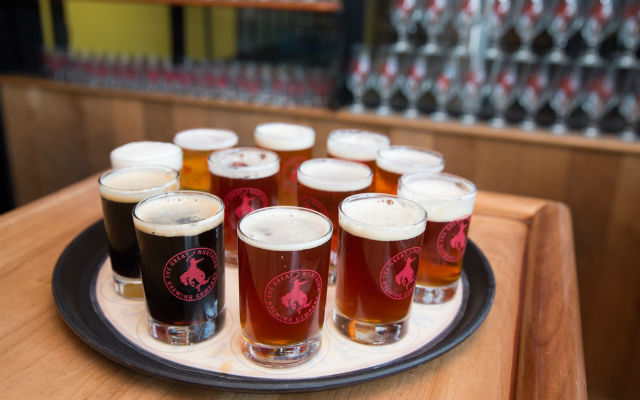
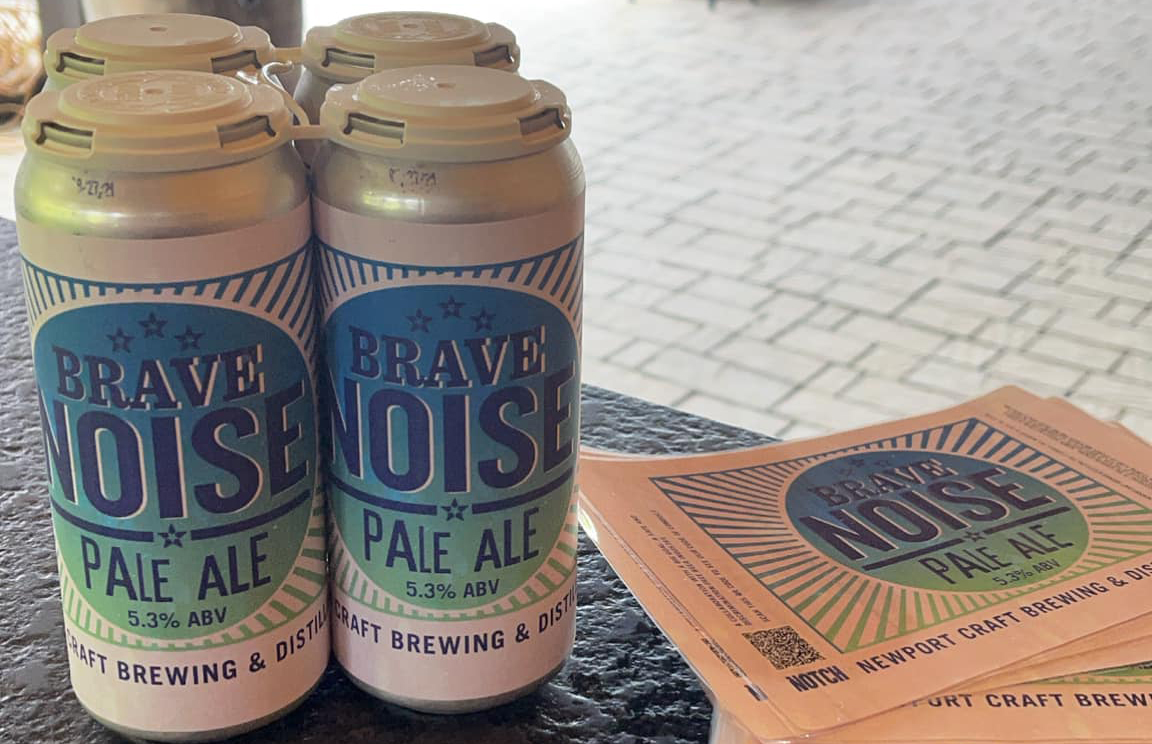
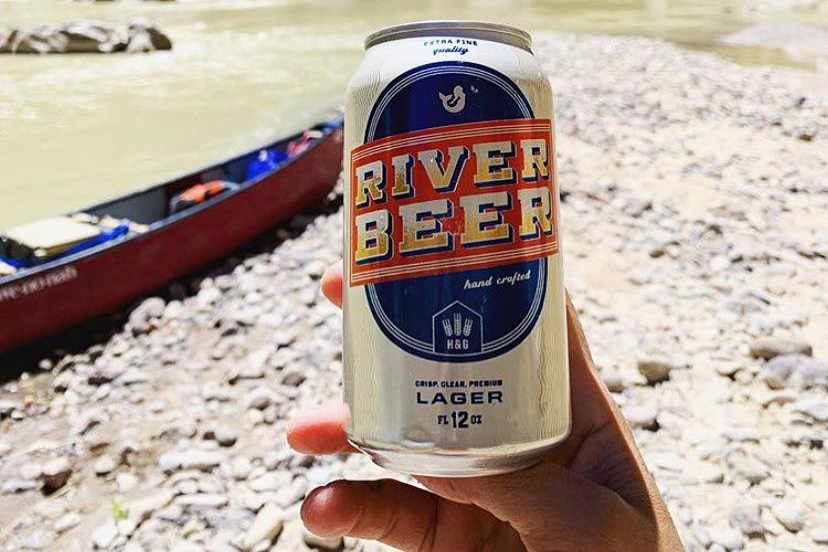
Be the first to comment